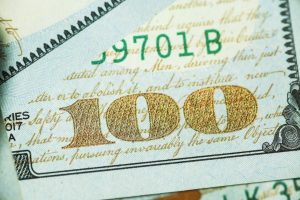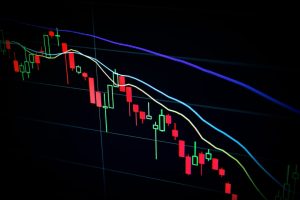Forex trading is a popular investment strategy that involves buying and selling different currencies with the aim of making a profit. However, it can be a challenging and time-consuming task for traders to keep up with the fast-paced market movements and make profitable trades consistently. This is where automated traders come in. Automated traders are software programs that can execute trades automatically based on predefined rules and algorithms. In this article, we will discuss how to code automated traders for forex trading.
1. Choose a programming language
The first step in coding an automated trader is to choose a programming language. There are several programming languages that can be used for this purpose, including Python, C++, Java, and MQL (MetaQuotes Language). Python is a popular choice among traders due to its simplicity, ease of use, and availability of various libraries and frameworks for trading.
2. Gather data
To code an automated trader, you need to gather data from various sources such as forex brokers, news feeds, and economic calendars. This data will help you make informed decisions about when to buy or sell different currencies. You can use APIs (Application Programming Interfaces) to collect data from different sources and store it in a database for analysis.
3. Develop a trading strategy
Once you have collected the necessary data, you need to develop a trading strategy. A trading strategy is a set of rules and algorithms that determine when to enter or exit trades. There are several types of trading strategies such as trend-following, mean-reverting, and breakout strategies. You can use technical indicators such as moving averages, MACD (Moving Average Convergence Divergence), and RSI (Relative Strength Index) to develop your trading strategy.
4. Implement the trading strategy
After developing your trading strategy, you need to implement it in code. This involves writing code that will execute trades automatically based on the rules and algorithms of your trading strategy. You can use different trading platforms such as MetaTrader, cTrader, and NinjaTrader to implement your trading strategy.
5. Backtest the trading strategy
Before deploying your automated trader in live trading, you need to backtest your trading strategy. Backtesting involves running your trading strategy on historical data to see how it would have performed in the past. This will help you identify any flaws in your trading strategy and make necessary adjustments before deploying it in live trading.
6. Deploy the automated trader
After backtesting your trading strategy, you can deploy your automated trader in live trading. You can connect your trading platform to a forex broker’s API to execute trades automatically in real-time. It is important to monitor your automated trader regularly to ensure that it is performing as expected and make necessary adjustments if needed.
In conclusion, coding an automated trader for forex trading requires a combination of programming skills, market knowledge, and trading expertise. It is important to choose the right programming language, gather the necessary data, develop a trading strategy, implement the strategy in code, backtest the strategy, and deploy the automated trader in live trading. With the right approach and careful monitoring, automated traders can help traders make profitable trades consistently in the fast-paced forex market.





